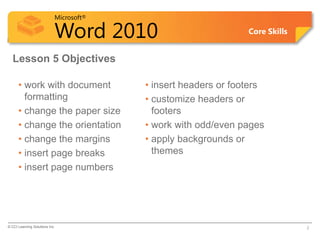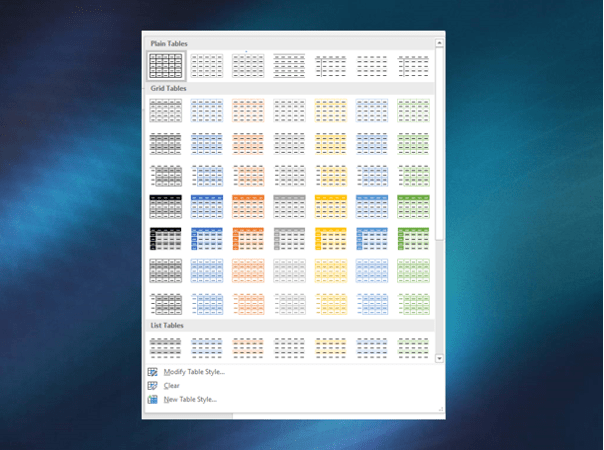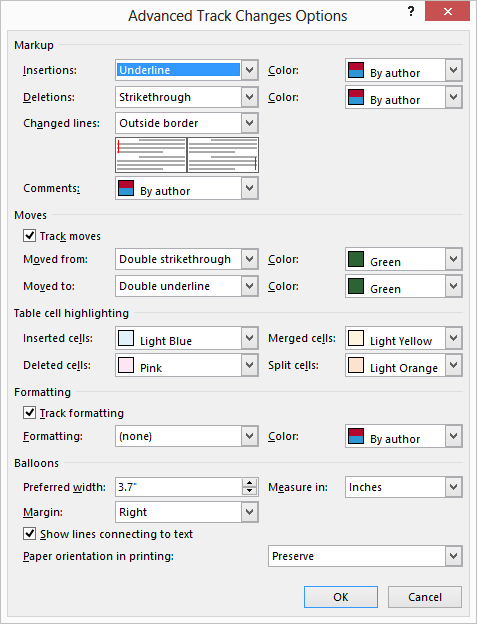

Tap Accept & Move to Next to accept the change and move to the next change in the document.

Tap twice on a change in the document to select it. On the Conflicts tab, under Conflicting Changes, click Reject My Change. On the Conflicts tab, under Conflicting Changes, click Accept My Change. Any other tracked changes that are in the document are temporarily hidden. Word uses pink highlighting to mark the conflicting changes that you made and green highlighting to mark changes made by other authors. In the Your conflicting changes pane, click a conflicting change to highlight the conflicting part of the document. Word displays the Your conflicting changes pane that lists the conflicts, and the Conflicts tab appears on the ribbon. In the message bar, click Resolve Conflicts. When conflicts exist, Word notifies you by displaying a message bar at the top of the document window and a notification in the status bar. However, the changes aren't saved to the server until the conflicts are resolved. All changes in the document are saved on your computer in the Microsoft Upload Center, even when the document contains conflicts. When edits conflict, you must resolve them before you can save the document to the server.
ACCEPT ALL FORMATTING CHANGES IN WORD 2010 OFFLINE
Conflicts can occur when one person works offline and then saves the document to the server, or when two people work on the same part of a document and save to the server before refreshing the document with updates made by other authors. When multiple authors are collaborating on a document, they might make changes that conflict with one another. In the Delete drop-down list, select Delete All Comments in Document. You need to remove comments separately from tracked changes. Right-click the change and select the option to accept or reject it. When you accept or reject a single change, Word will not move to the next change in the document. This will avoid any overwriting that may be occurring.Tip: To review changes in the document without accepting or rejecting them, select Next or Previous.

If this is what is happening, the solution is to make sure that each person uses a new document name before copying his or her copy to the network drive. When done (with unresolved changes), the document is copied to the network drive, overwriting the "more done" copy that was stored there before. The second person works on his copy but doesn't resolve all the changes. One person gets done editing her copy, resolving all the changes, and then puts it into a network drive for the rest of the office to use.

This could happen in a networked environment-perhaps two people have copies of the document and are essentially working on them at the same time. The second possibility in Kathryn's case is that the changes have truly been resolved, but that the document is being overwritten by an older version of the document. Clear the Make Hidden Markup Visible when Opening or Saving check box.The Security tab of the Options dialog box. Make sure the Security tab is displayed.If this is the problem, then it is probably a simple fix. If the changes have not truly been resolved (individually or collectively accepted or rejected), then the problem is related to the view changing from "Final" to "Final Showing Markup" when the document is reopened. So, there are two possibilities in Kathryn's case. The only reason to switch the view to "Final" is if you haven't resolved all the changes. Yet, there are no changes left because you've resolved them all. With that understanding, if you go through a document and resolve all the changes, there should be no need to change the view to "Final" as the only reason to use that view is to temporarily hide changes. If all of the changes are resolved, then there should be no difference between the two views ("Final Showing Markup" and "Final") because there is no longer any markup to show. When you turn it on, any edits you make are noted in the document as "markup." This markup is supposed to be visible on the screen, provided you are viewing the document as "Final Showing Markup." You can either temporarily hide the markup (change the view to "Final"), or you can get rid of the markup by resolving the changes (accept or reject them). Here is the way that Track Changes is supposed to work in Word. As a final step, she changes the view of the document to "Final" and saves it, but when the document is next opened, it has reverted to "Final Showing Markup"-and all the changes are back again. It seems that when a document has tracked changes, and those changes are eventually all accepted, that they don't really go away. Kathryn is experiencing a problem related to Word 2003's Track Changes feature.


 0 kommentar(er)
0 kommentar(er)
